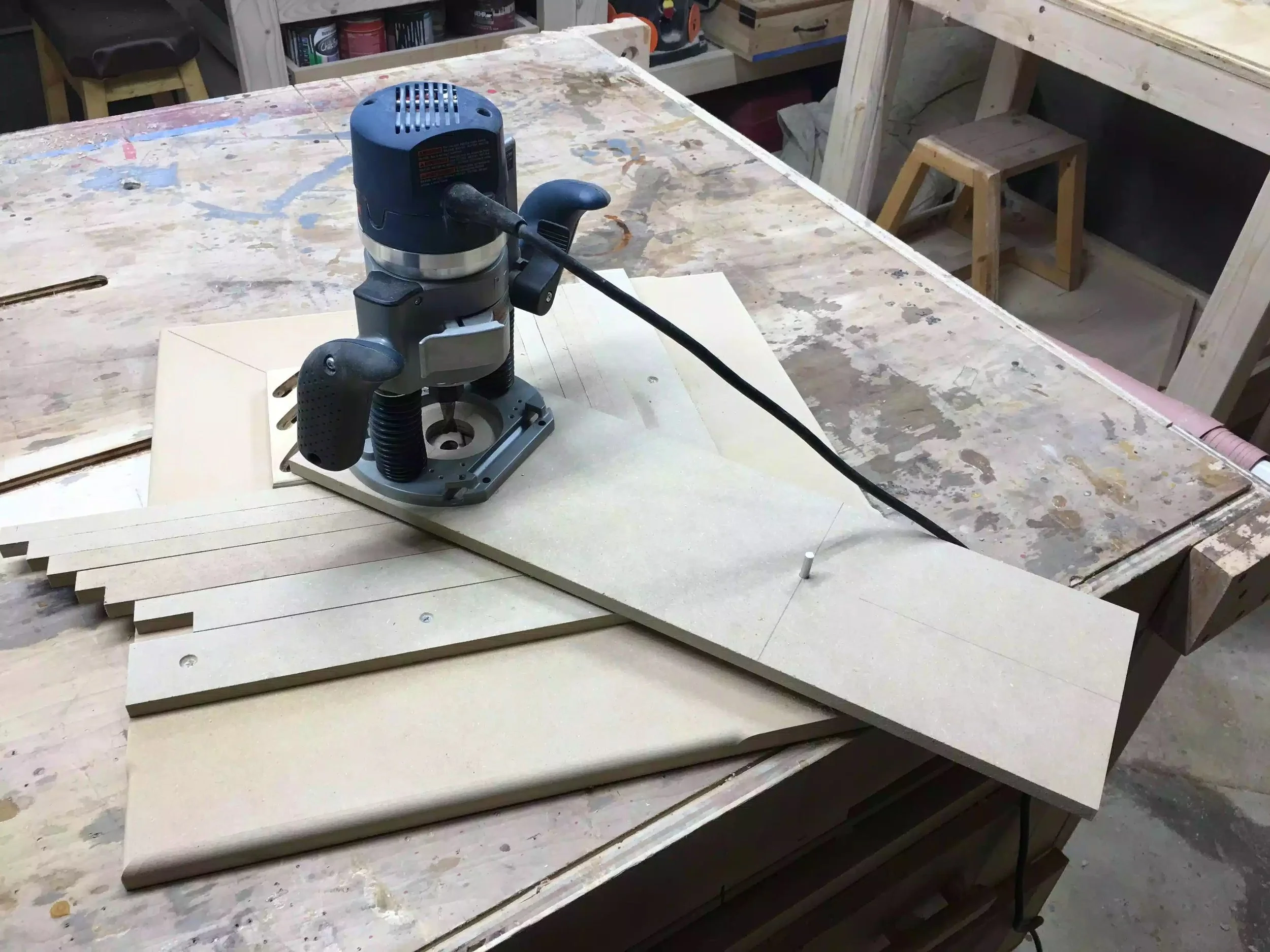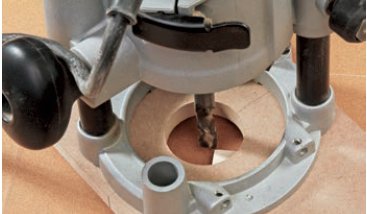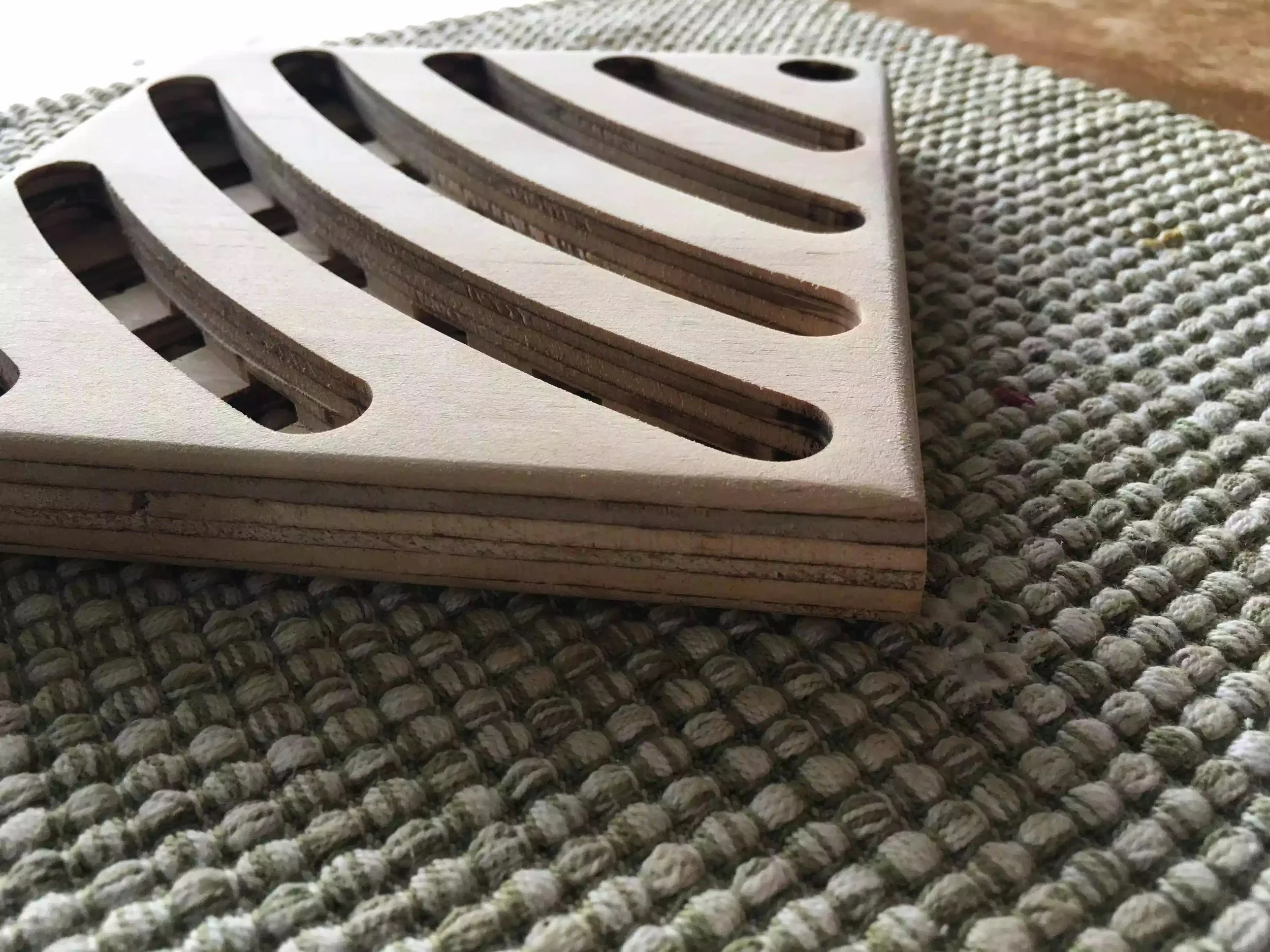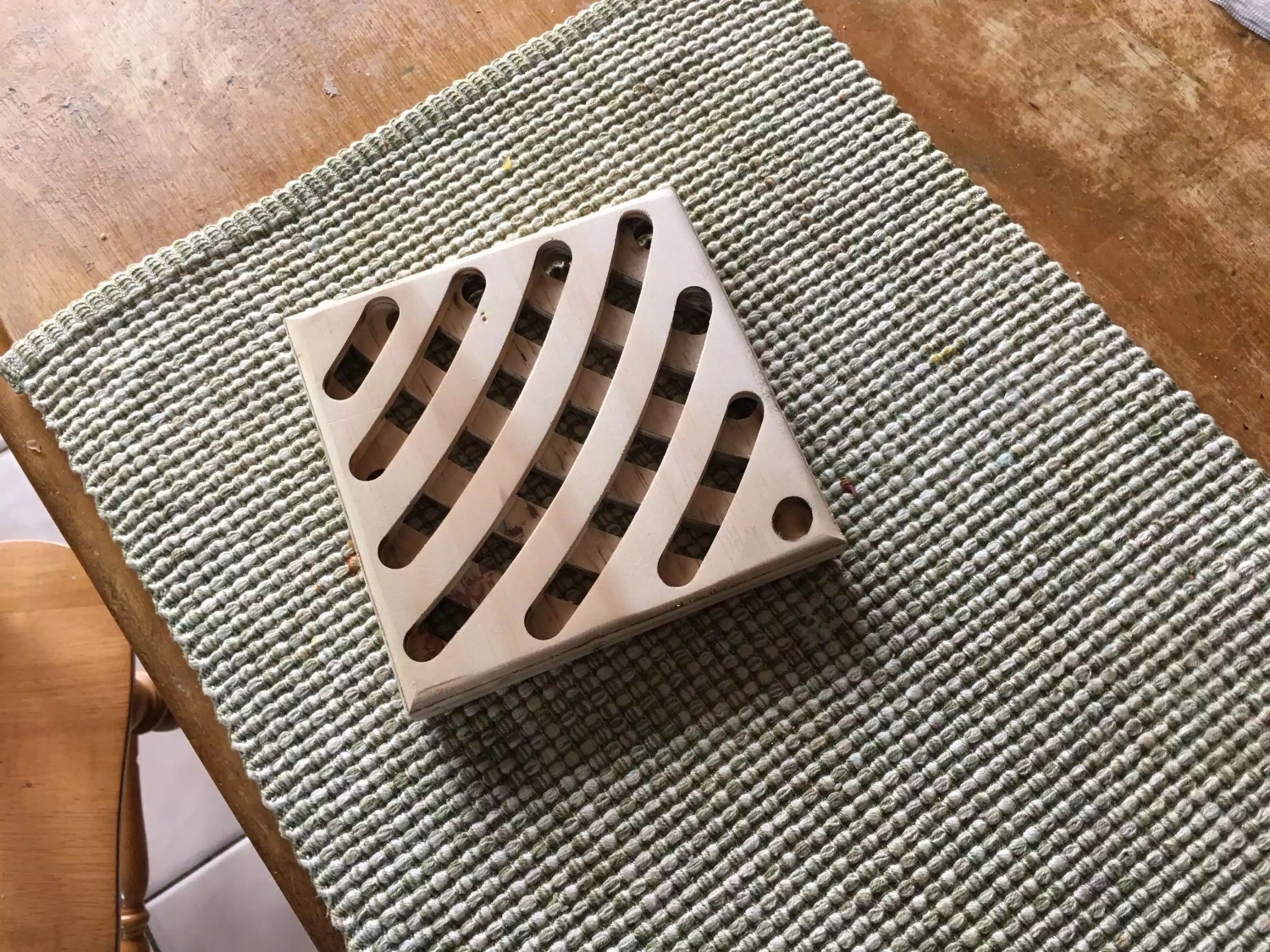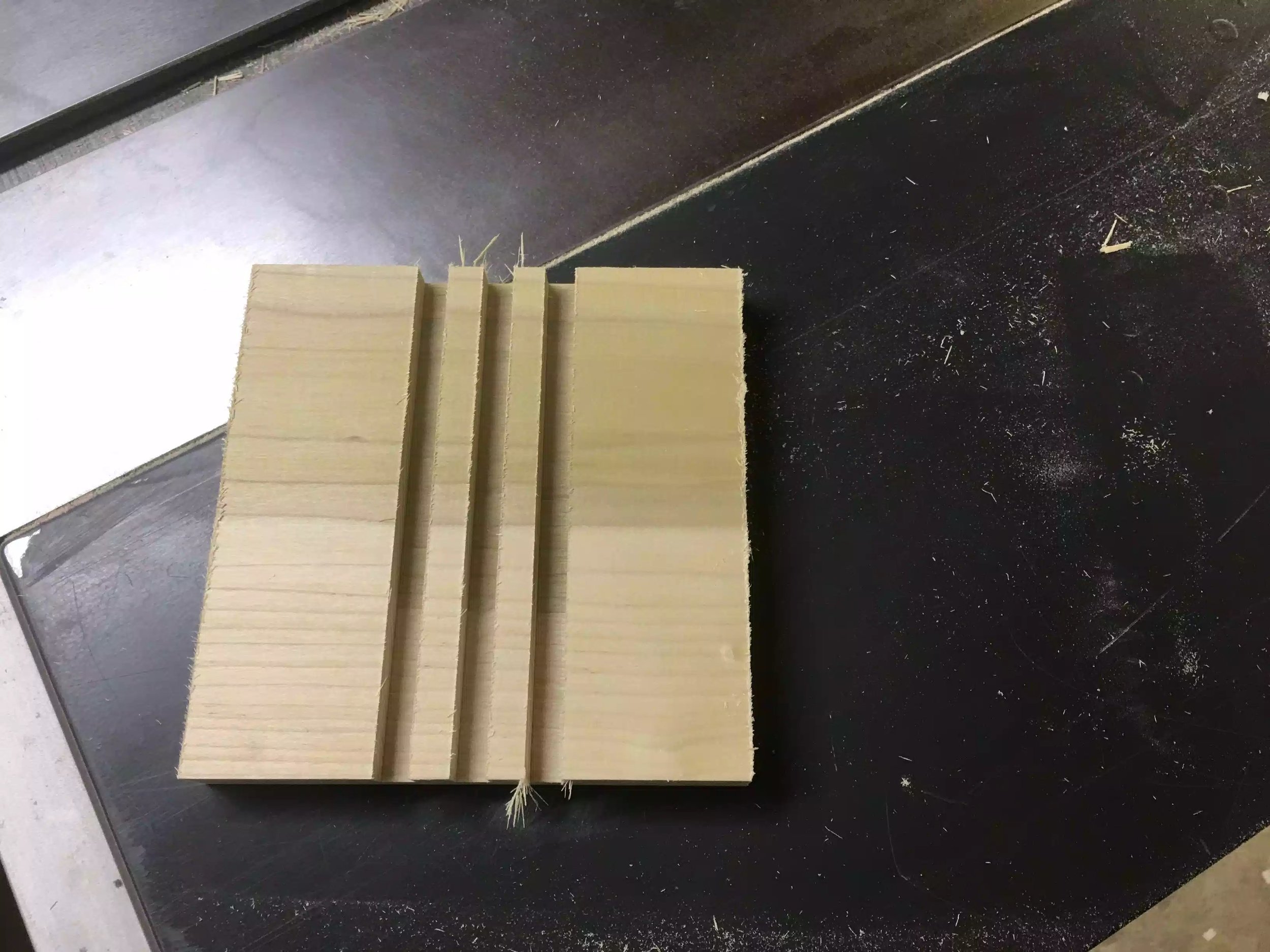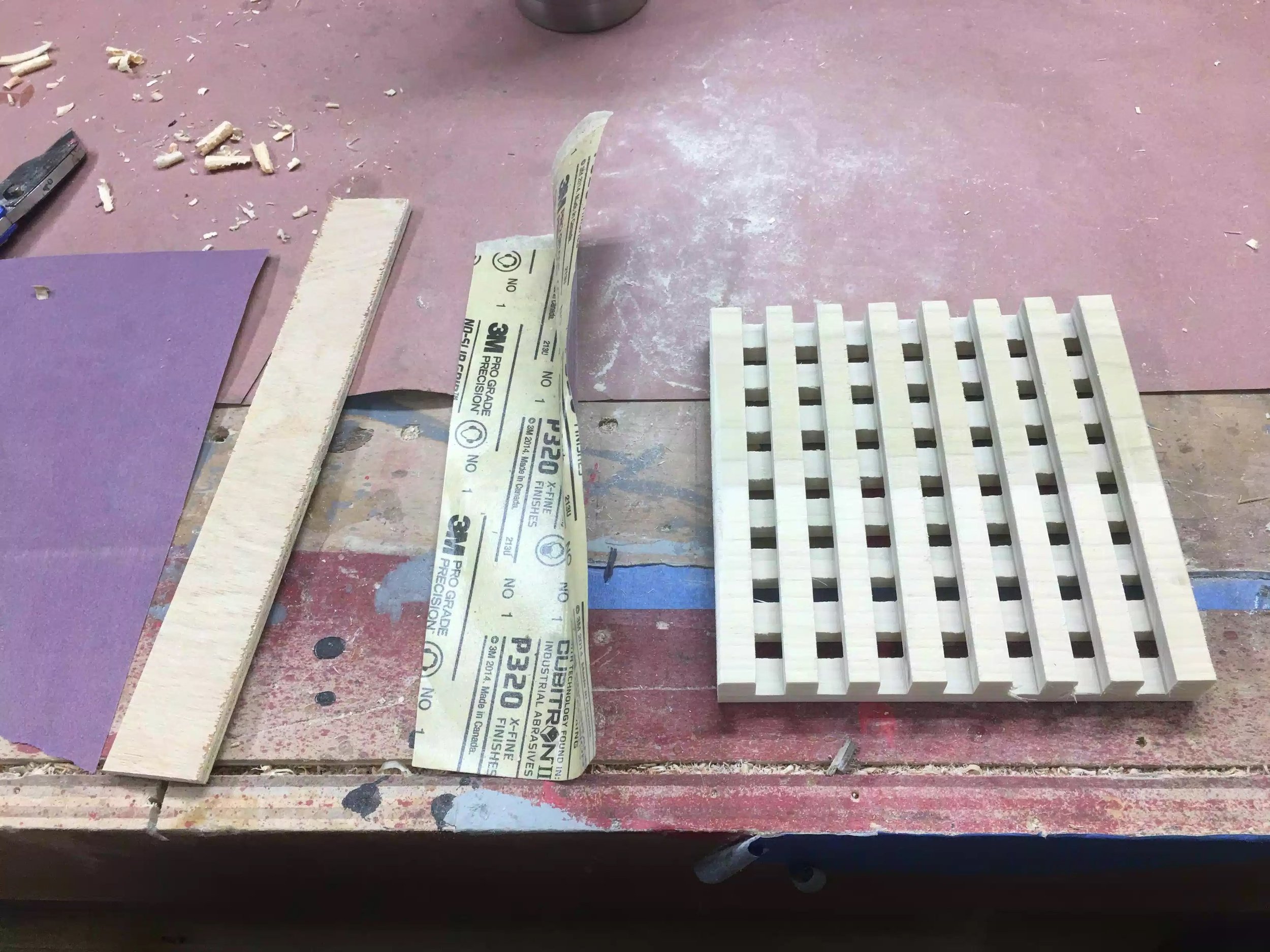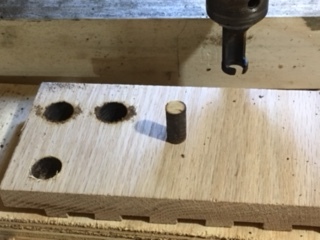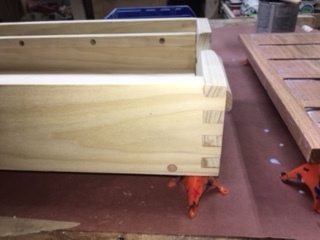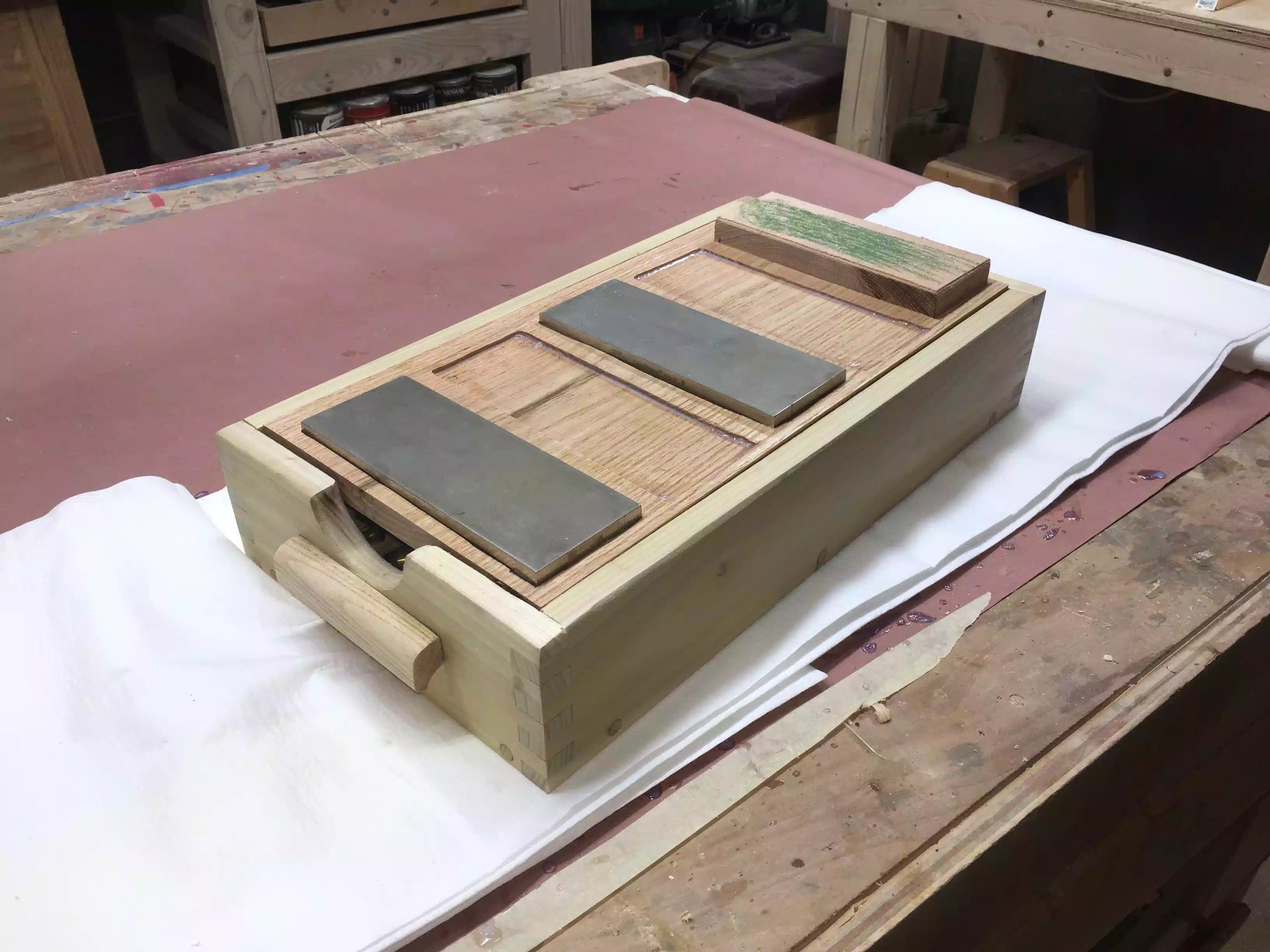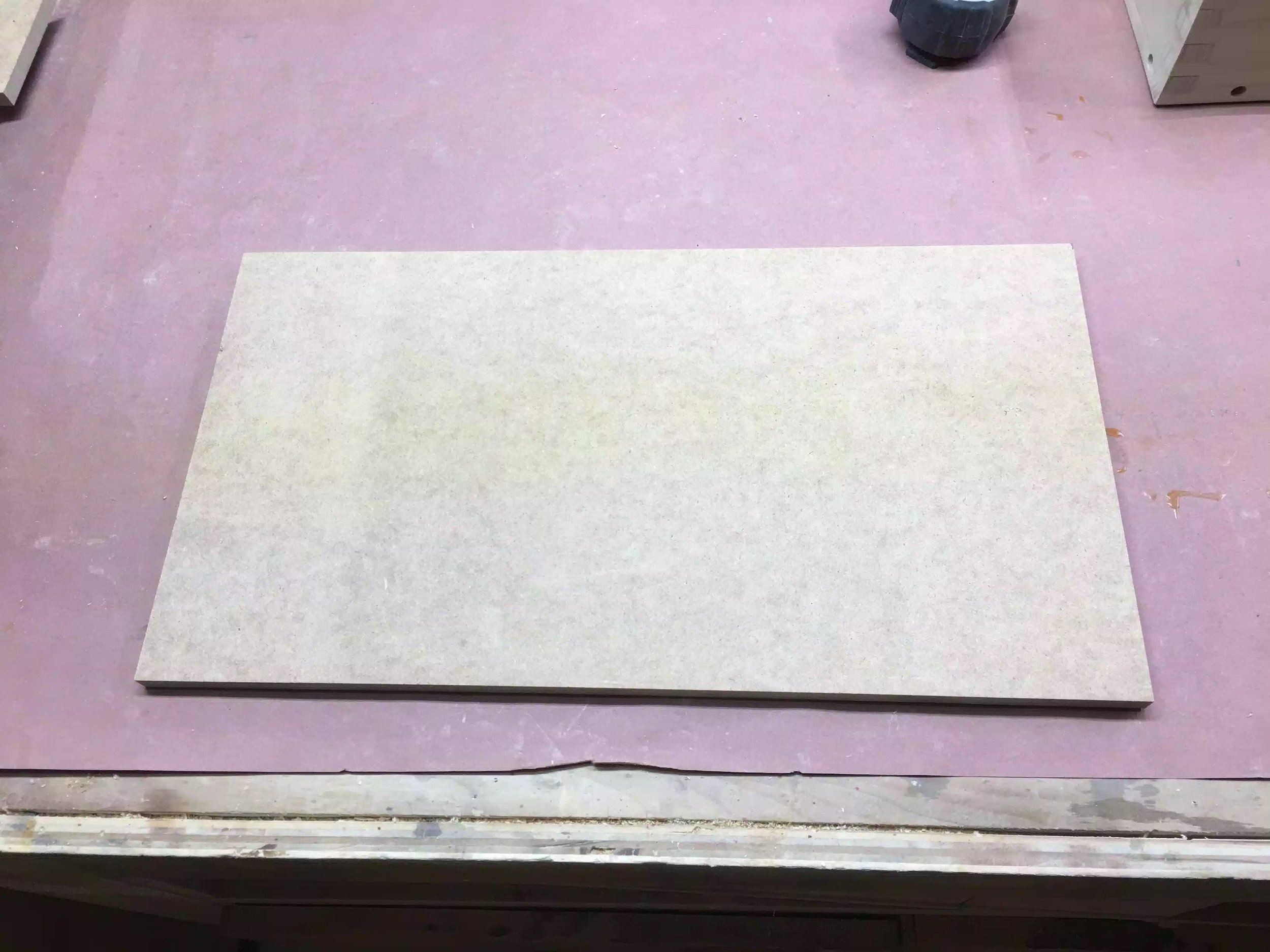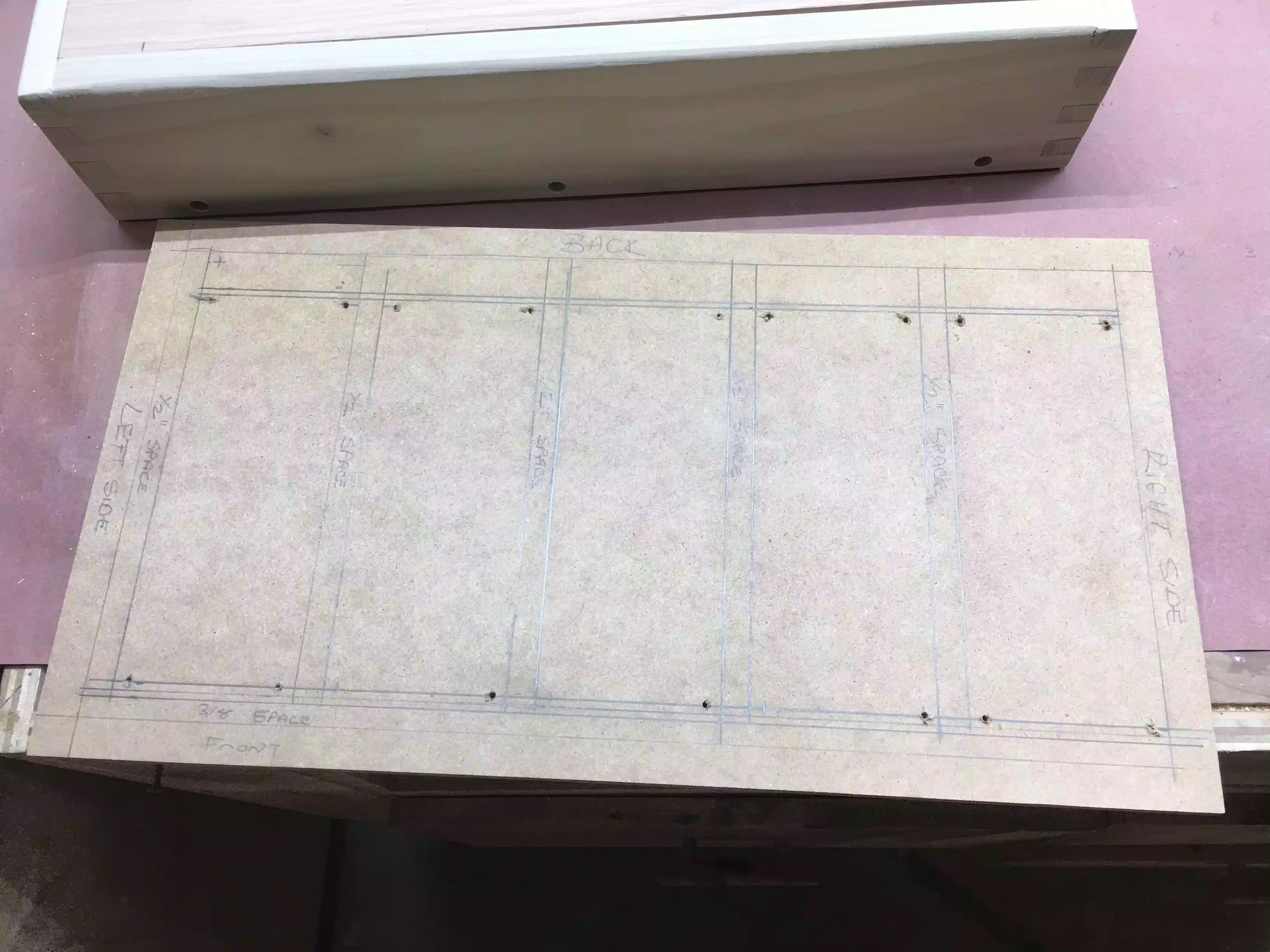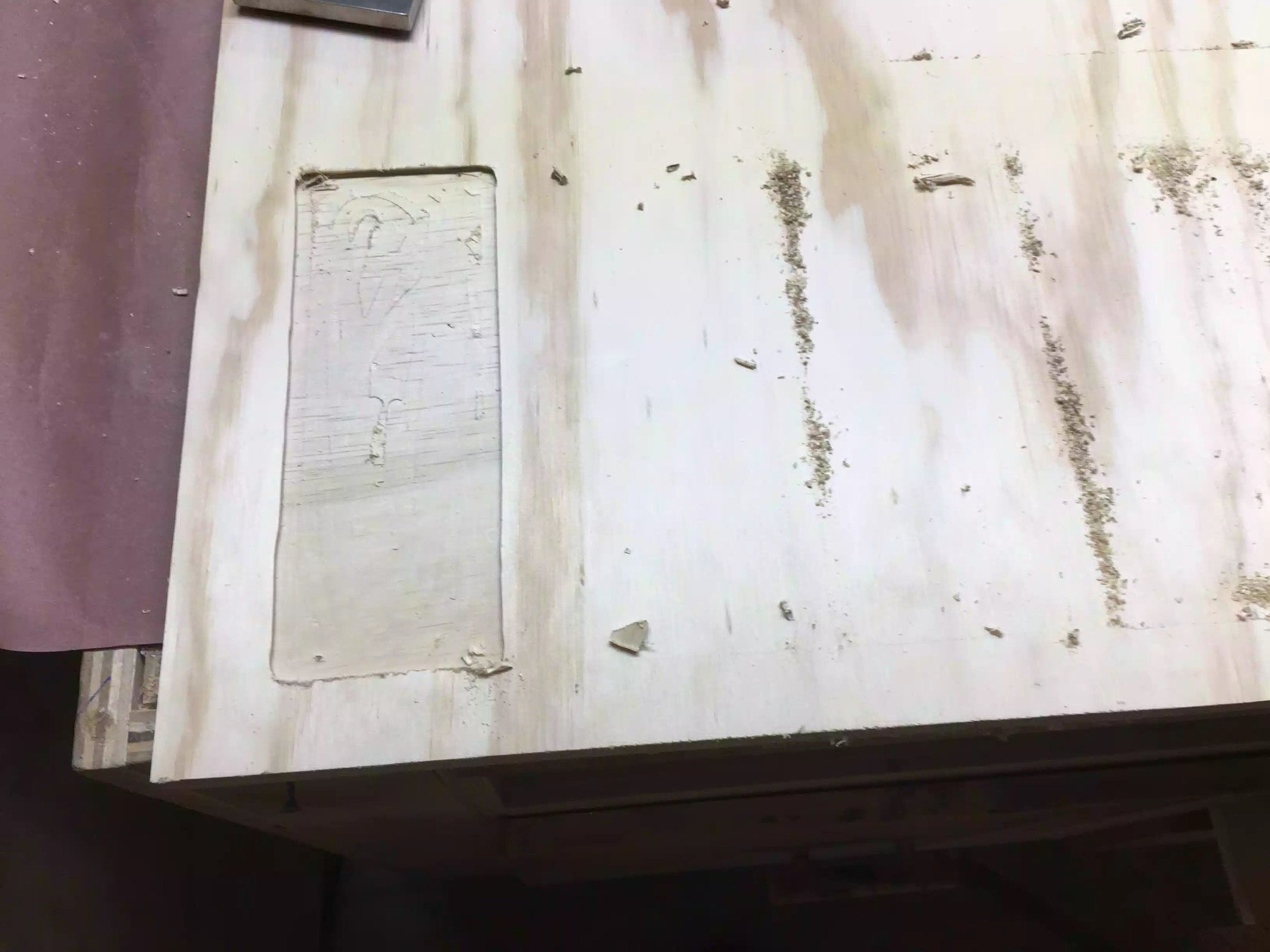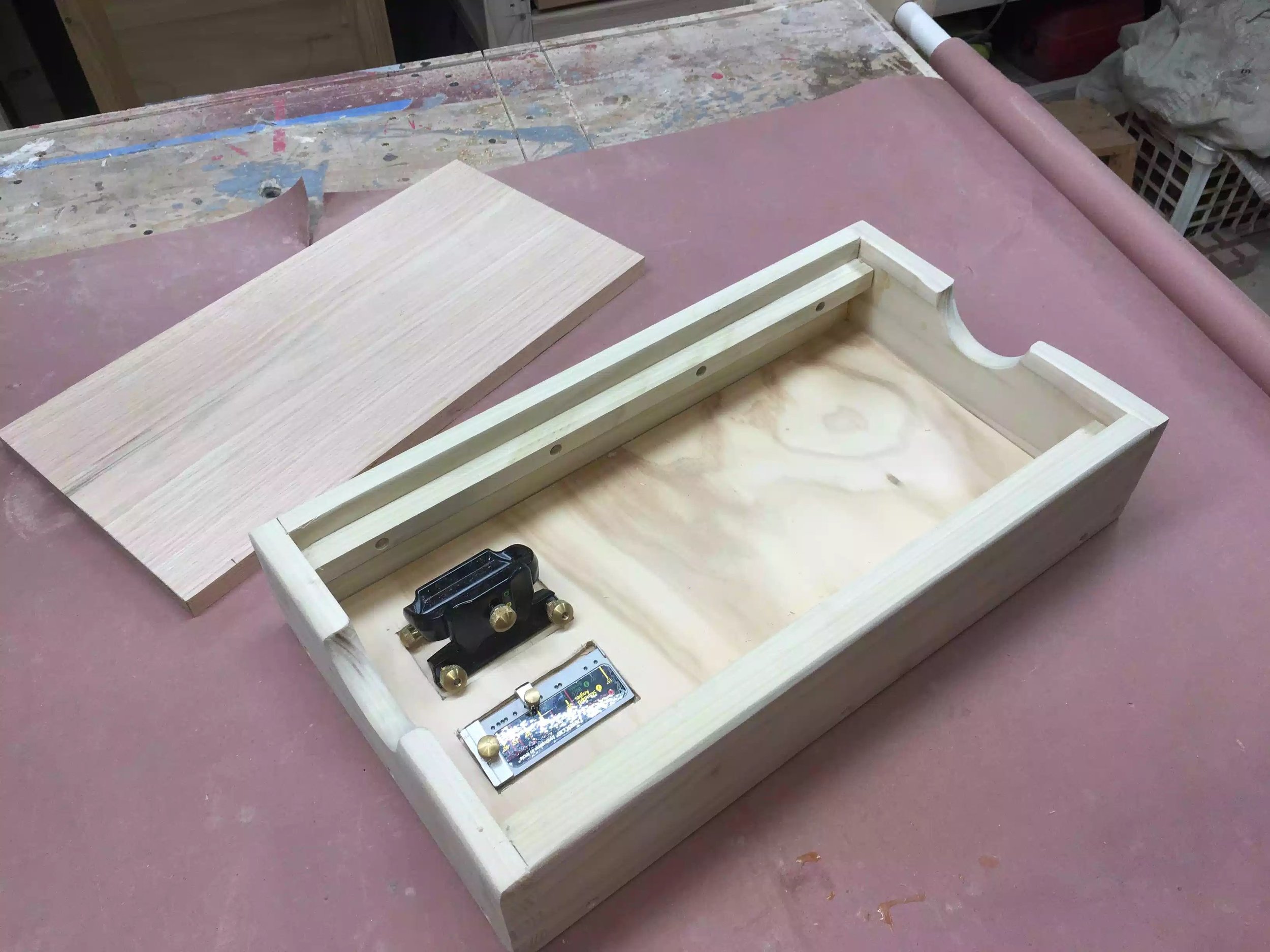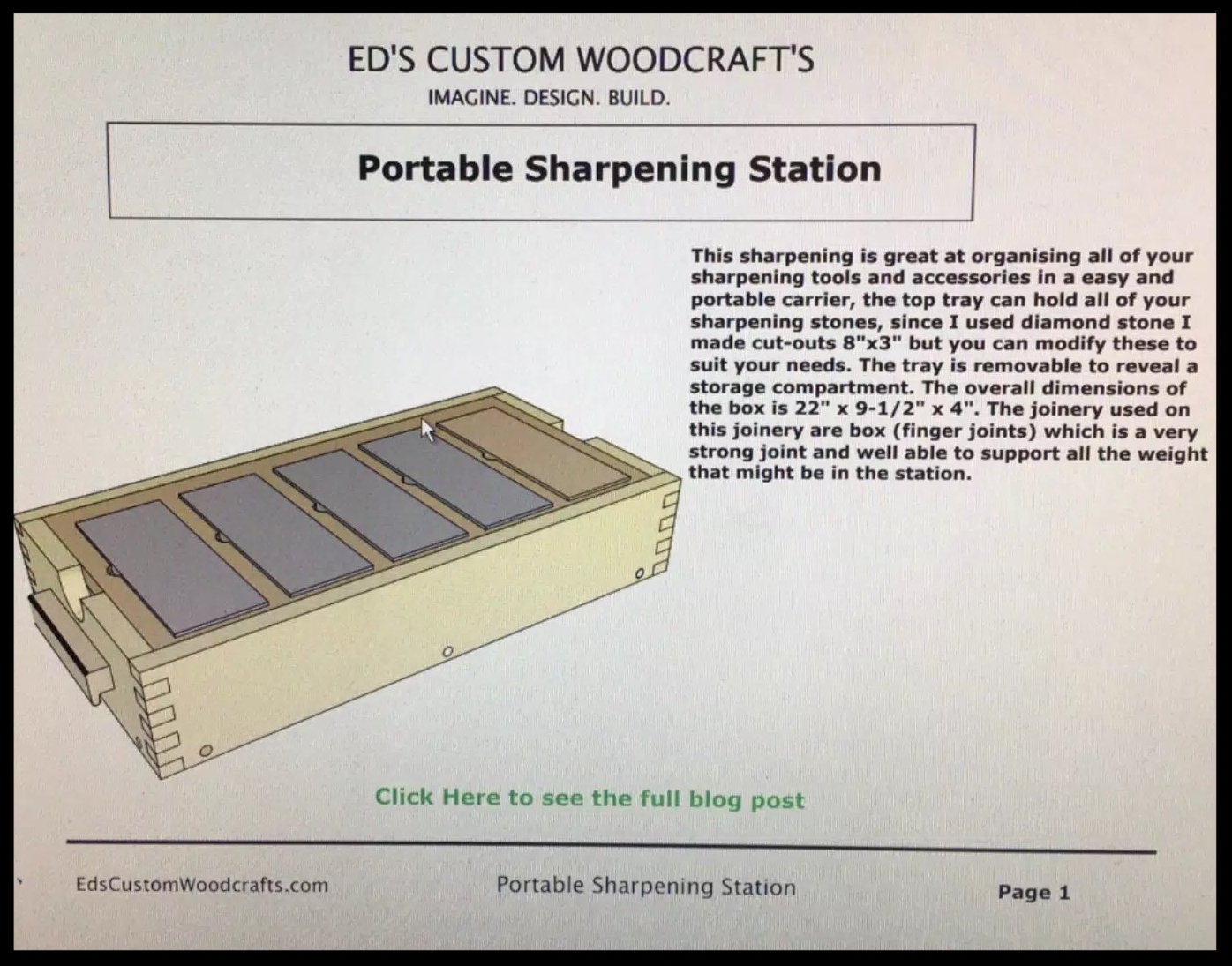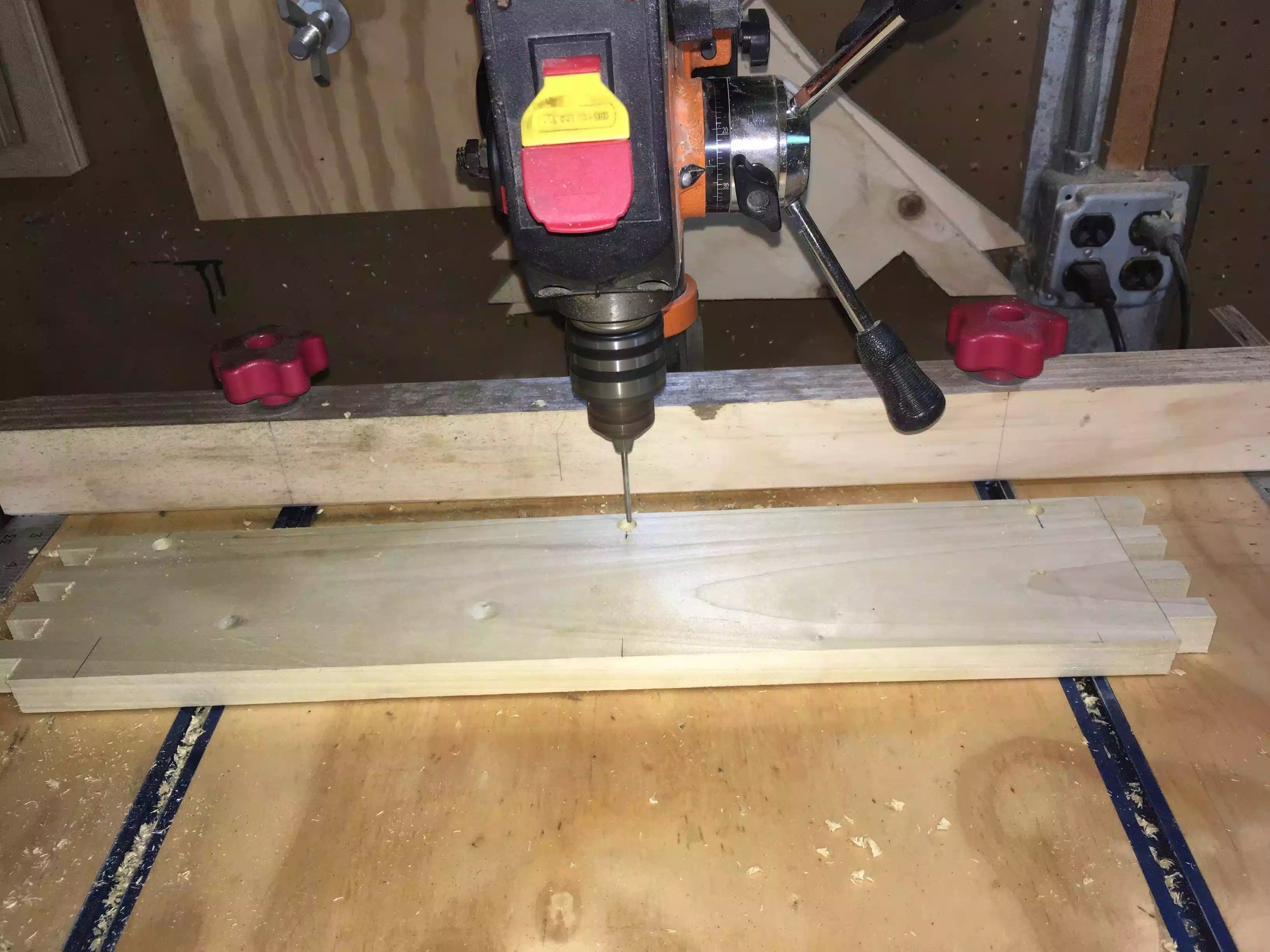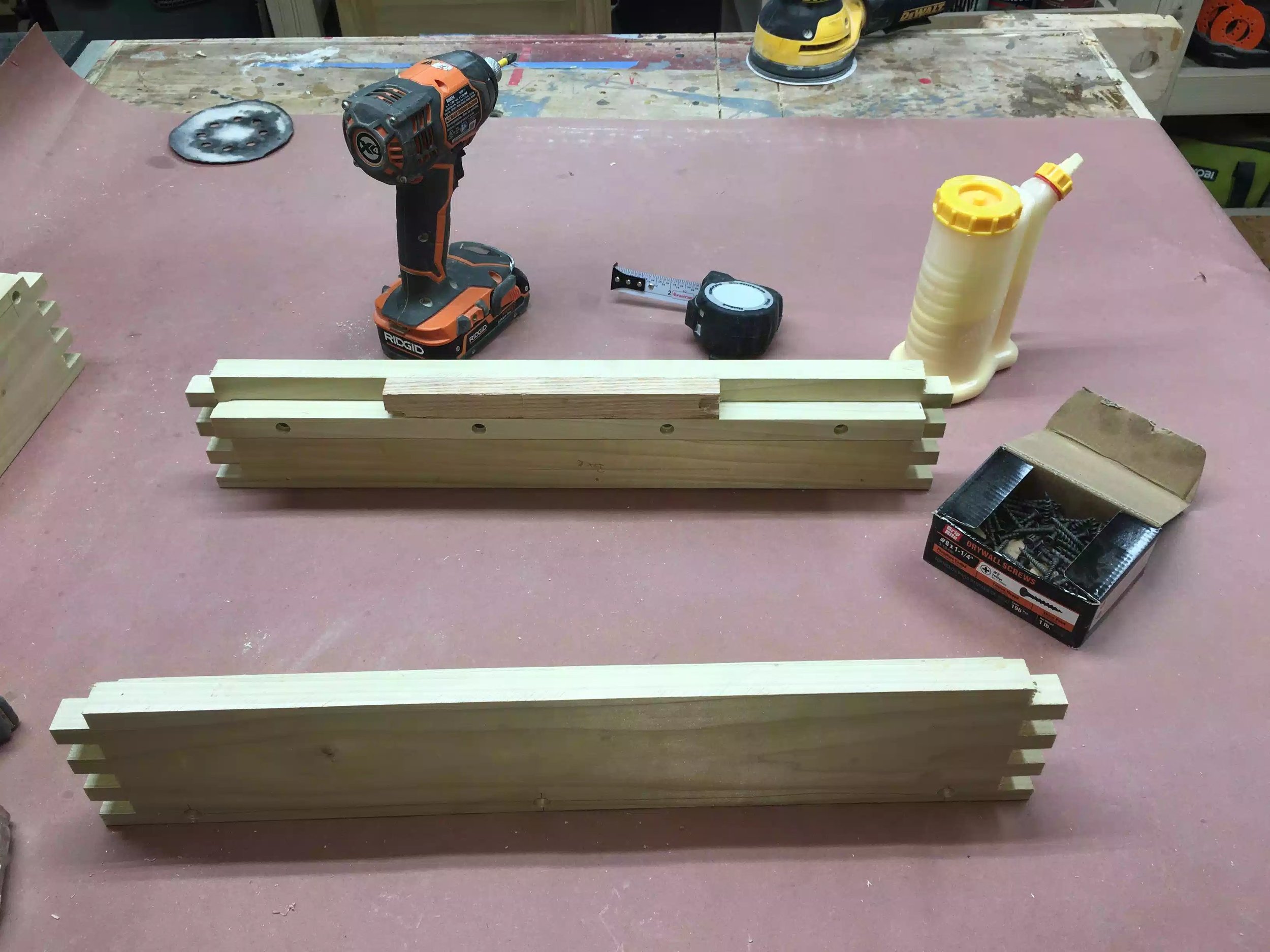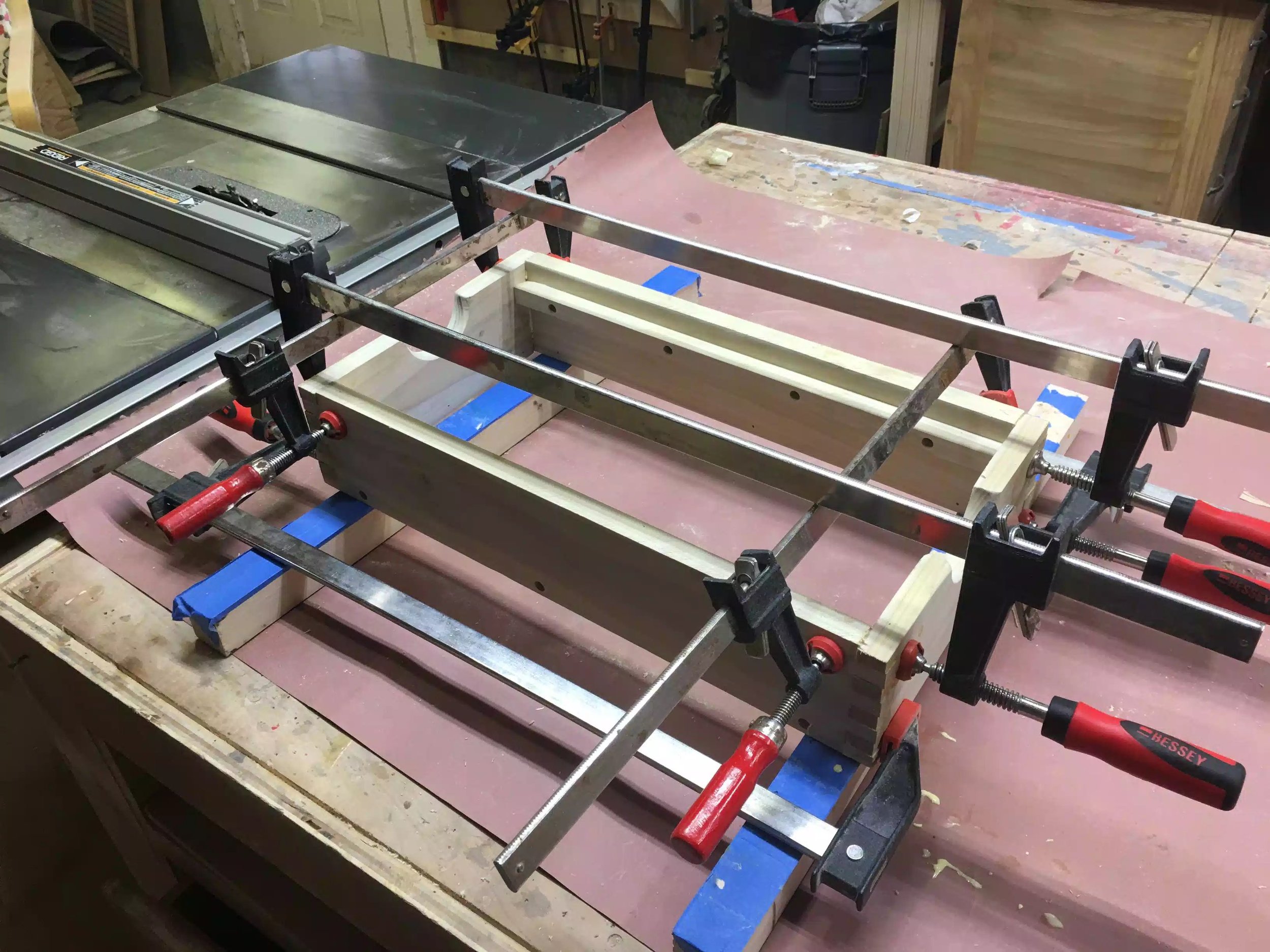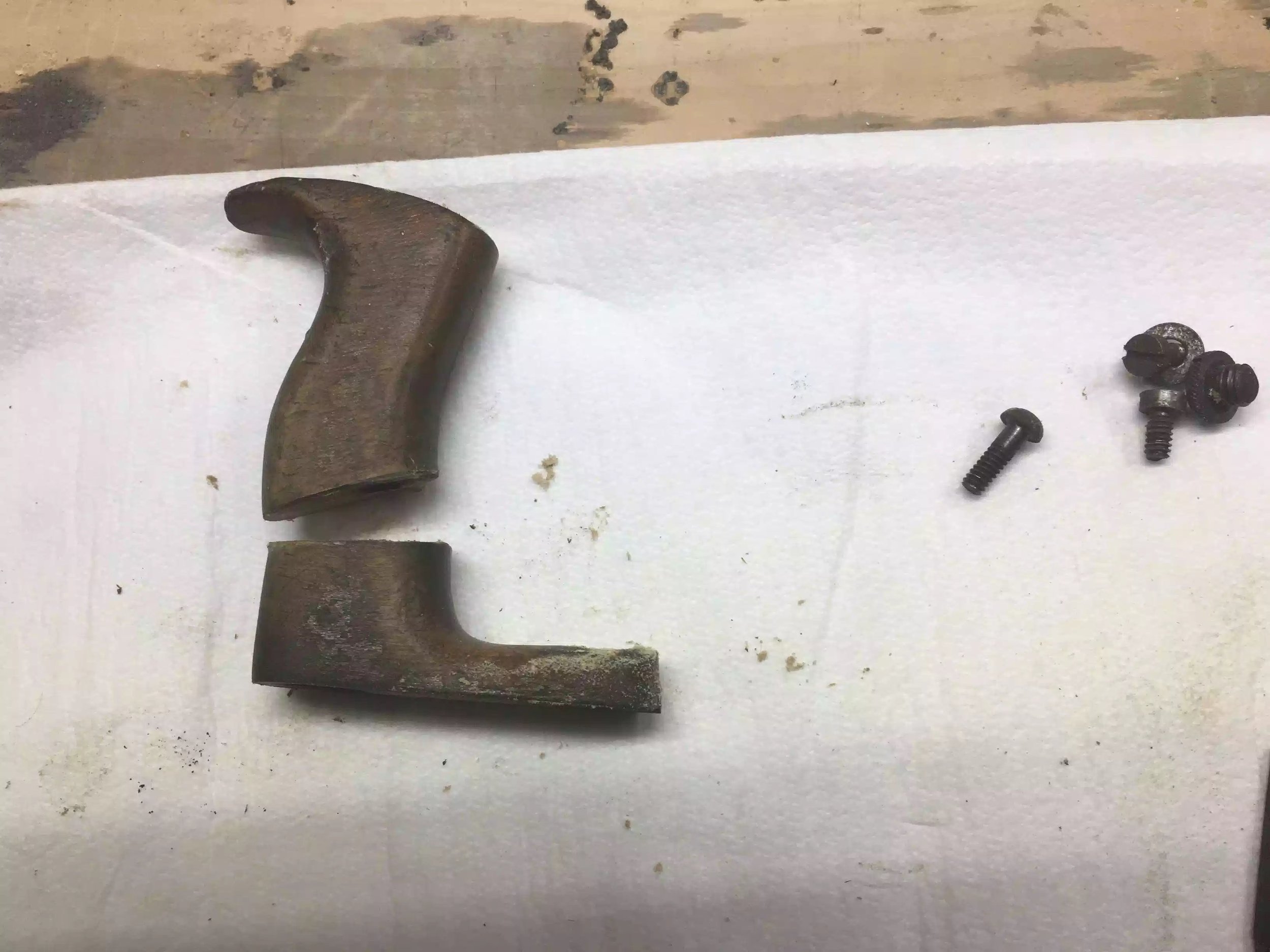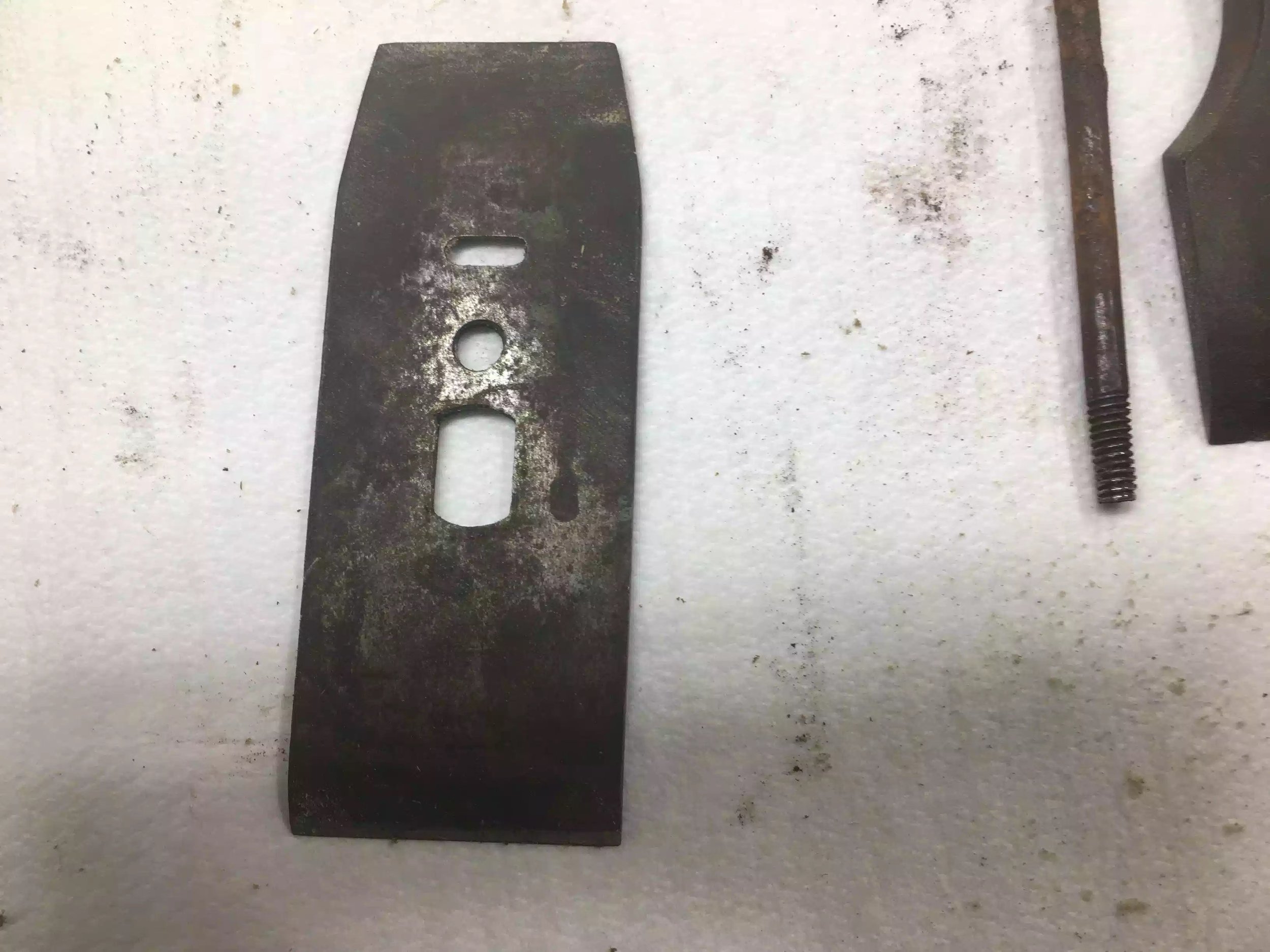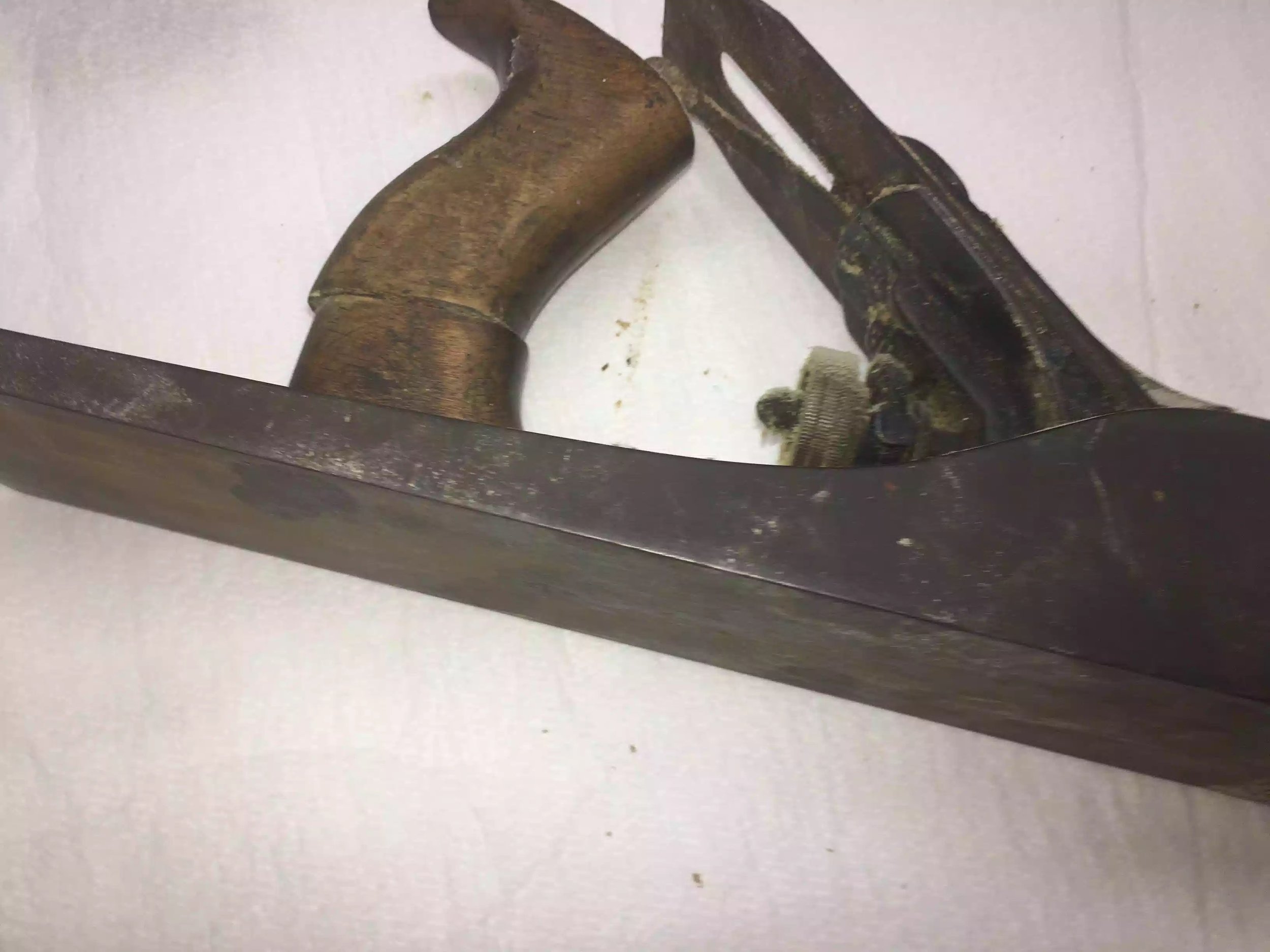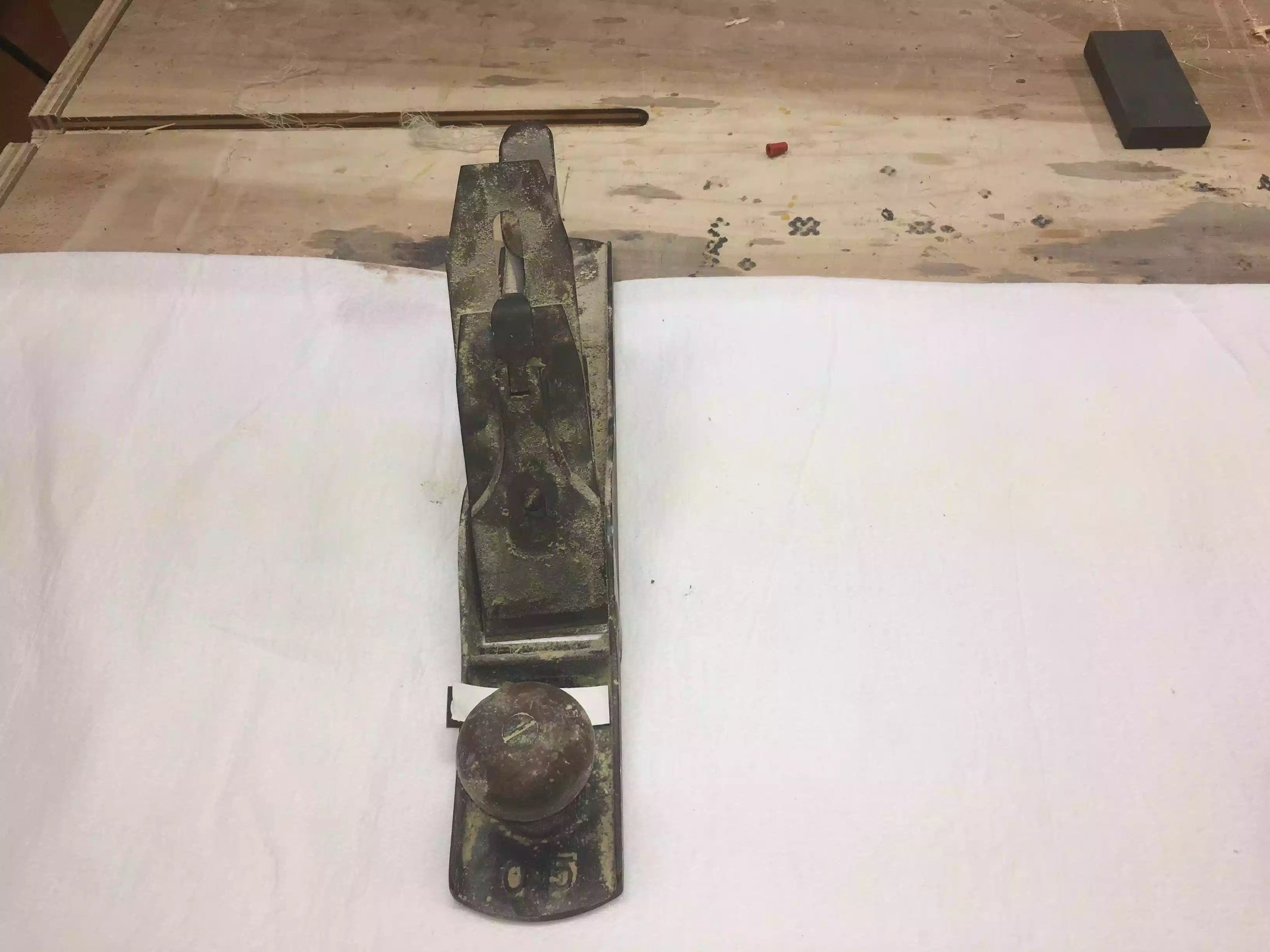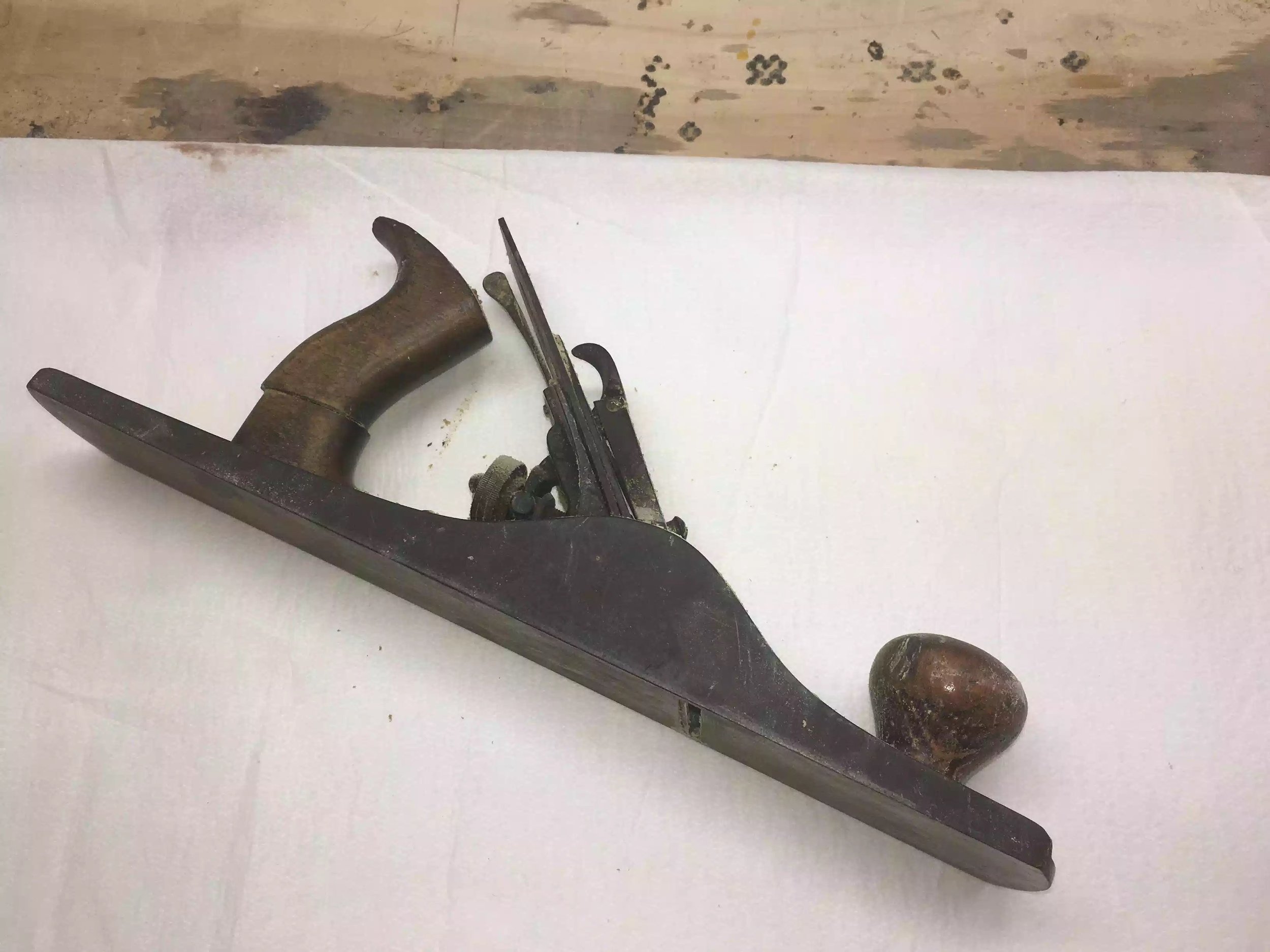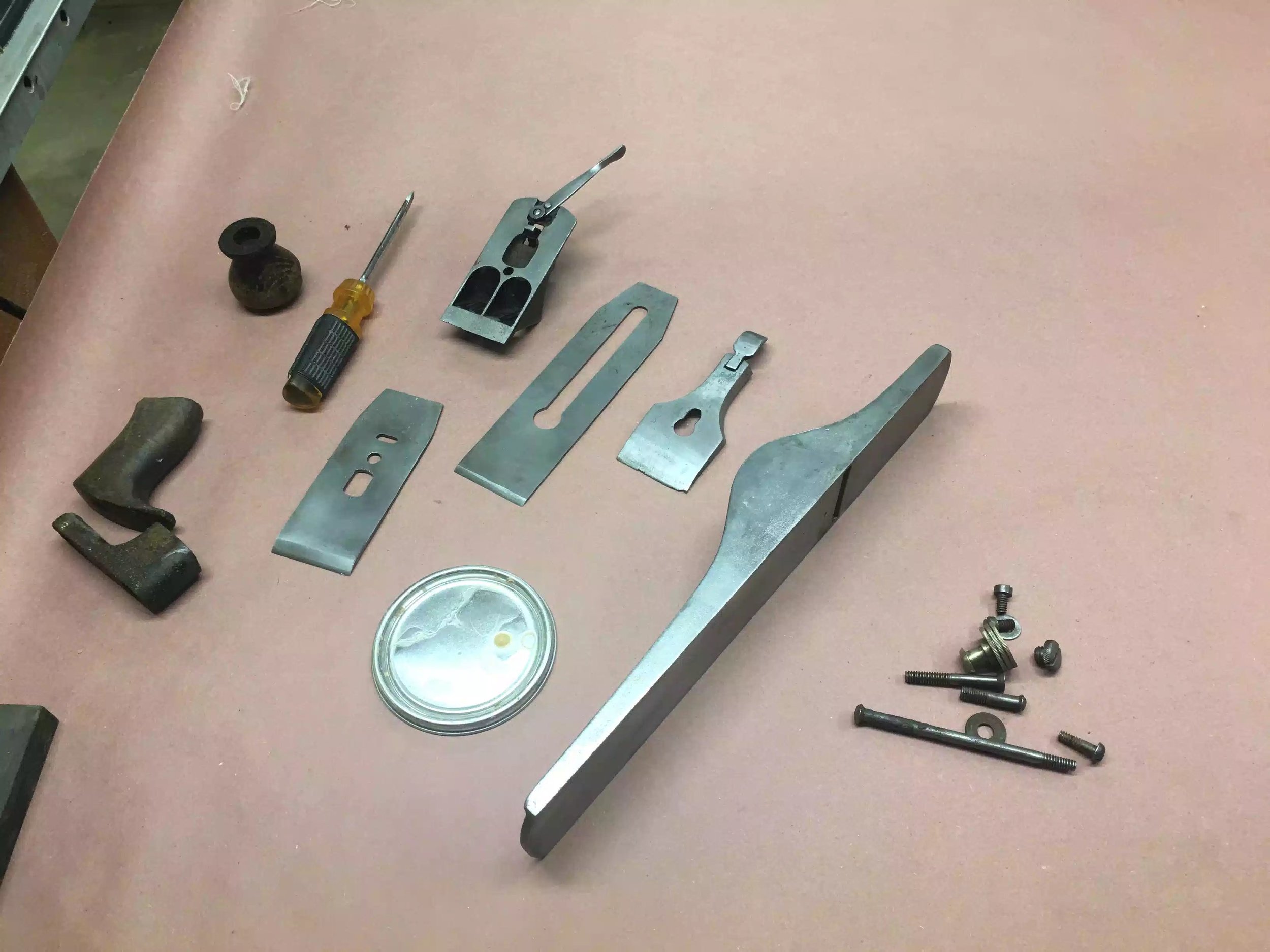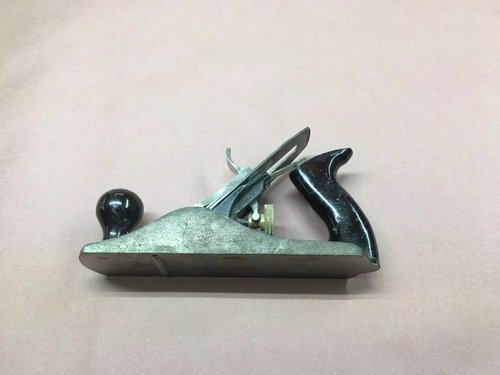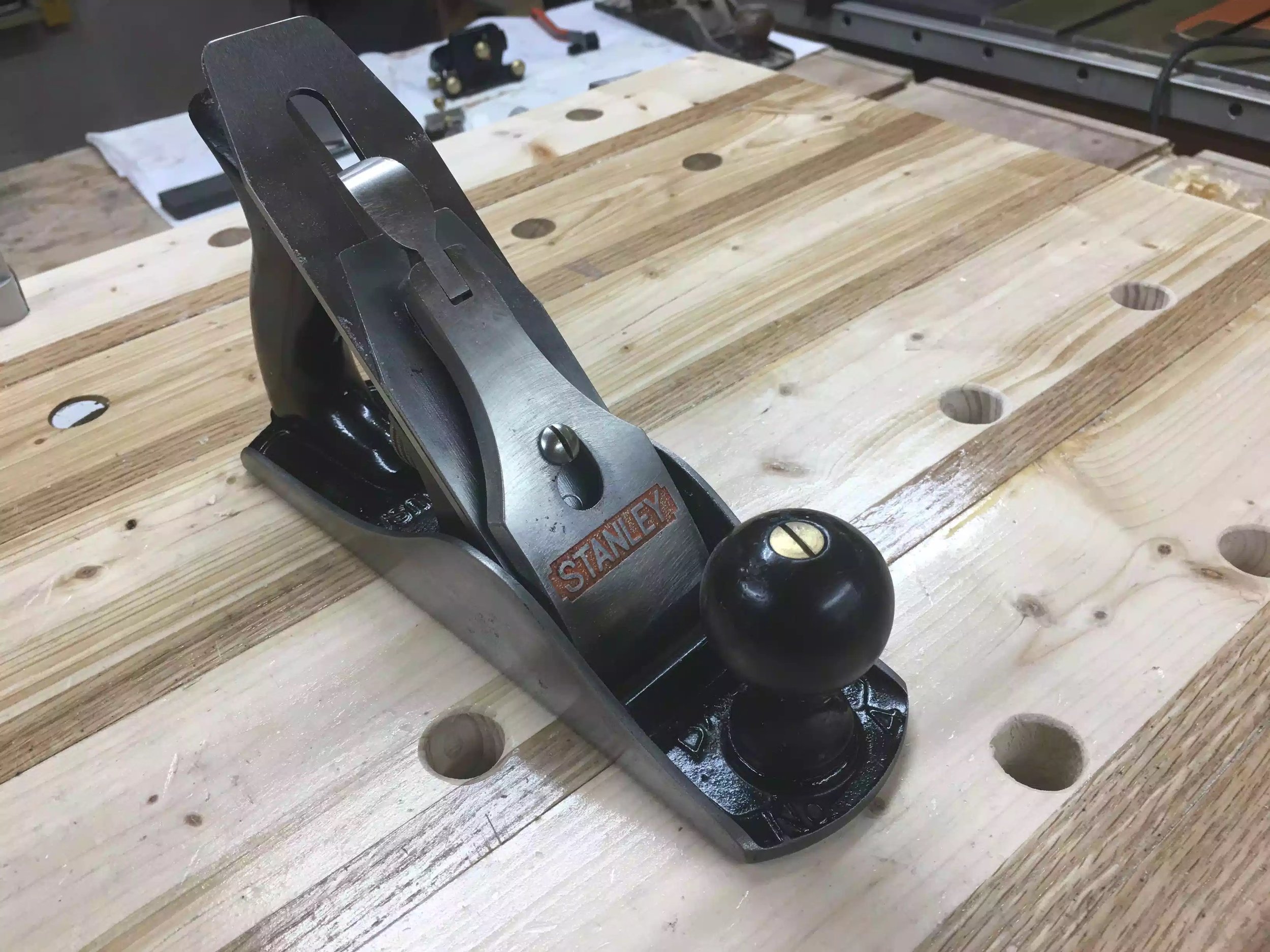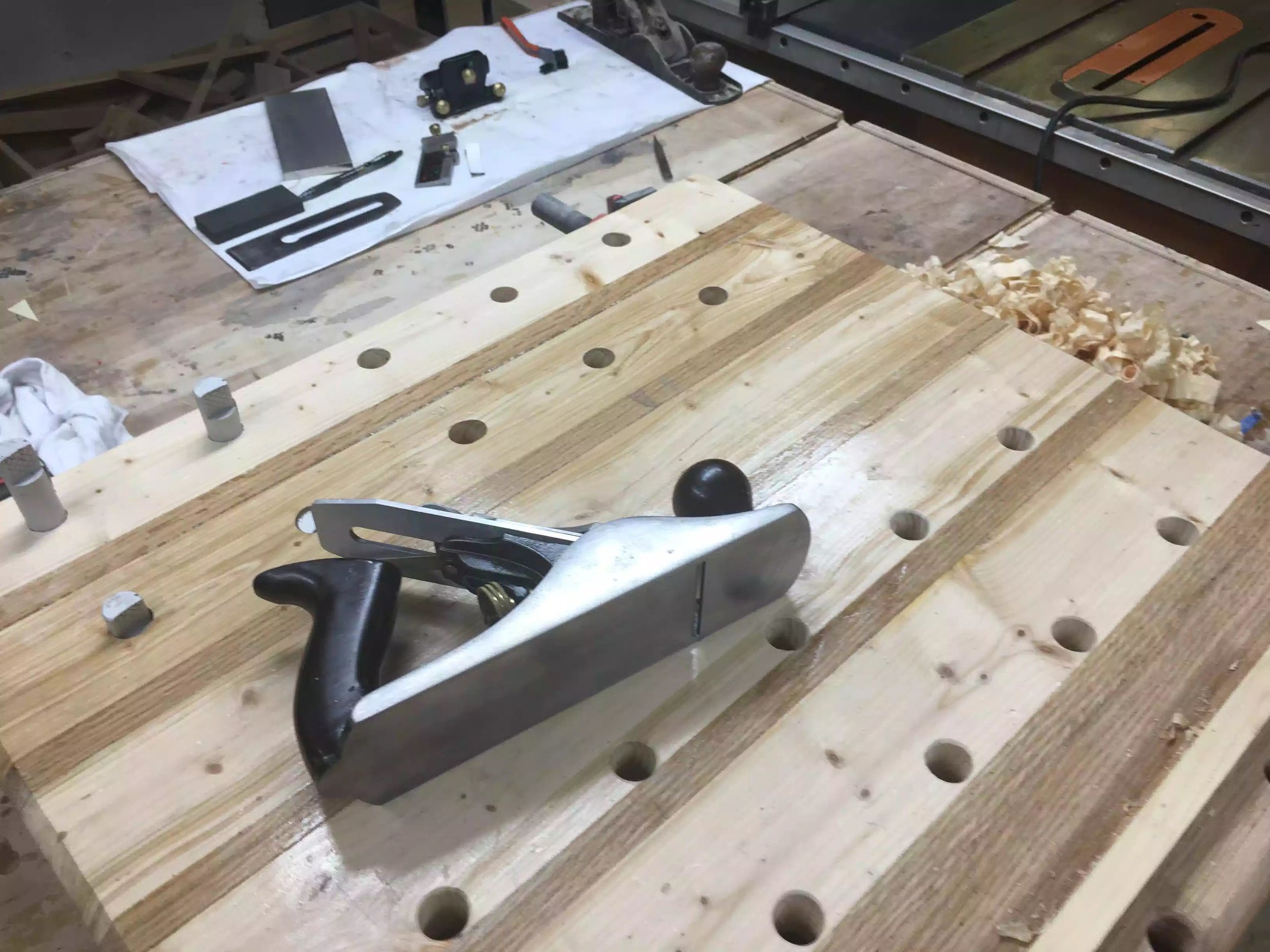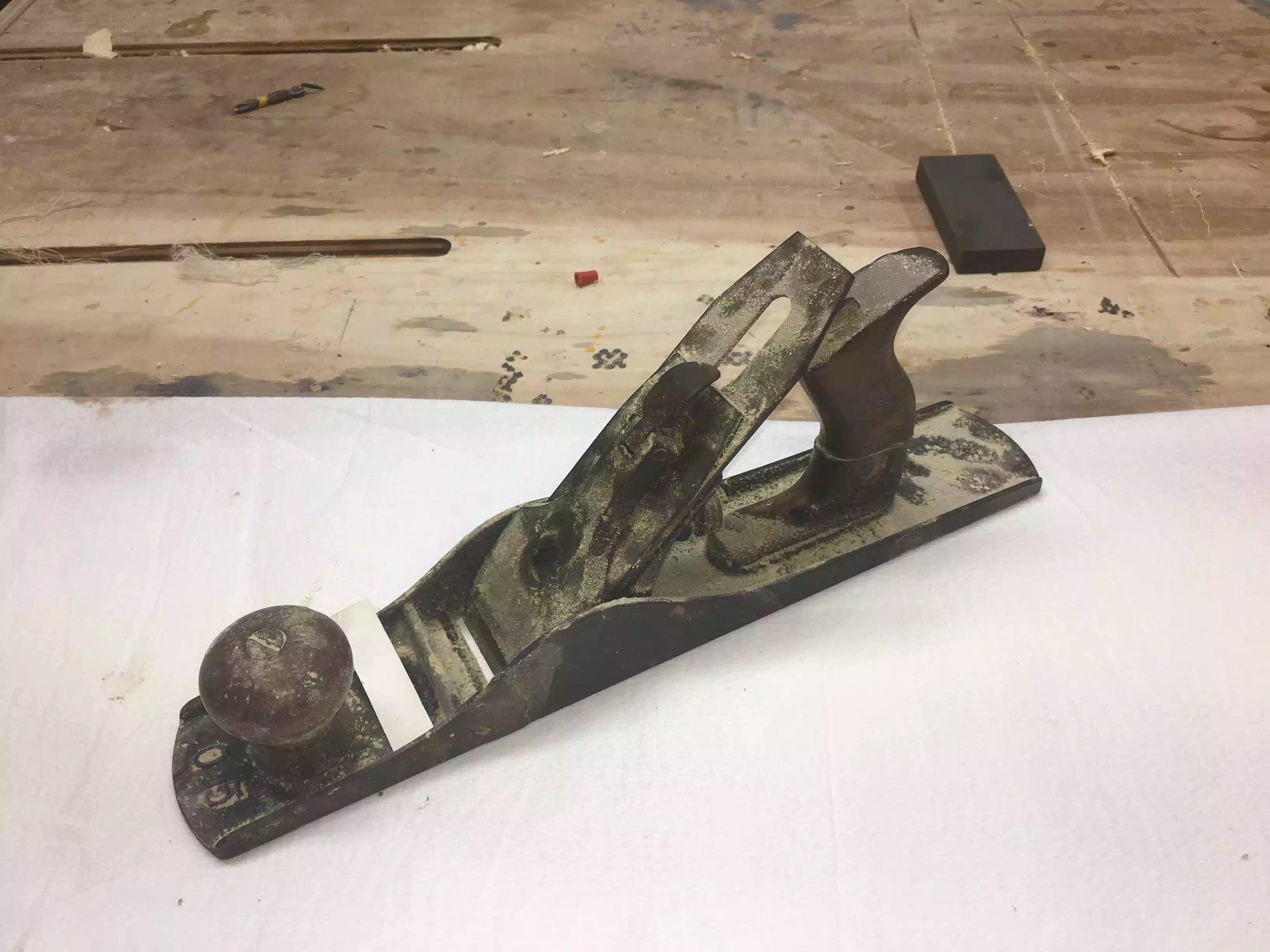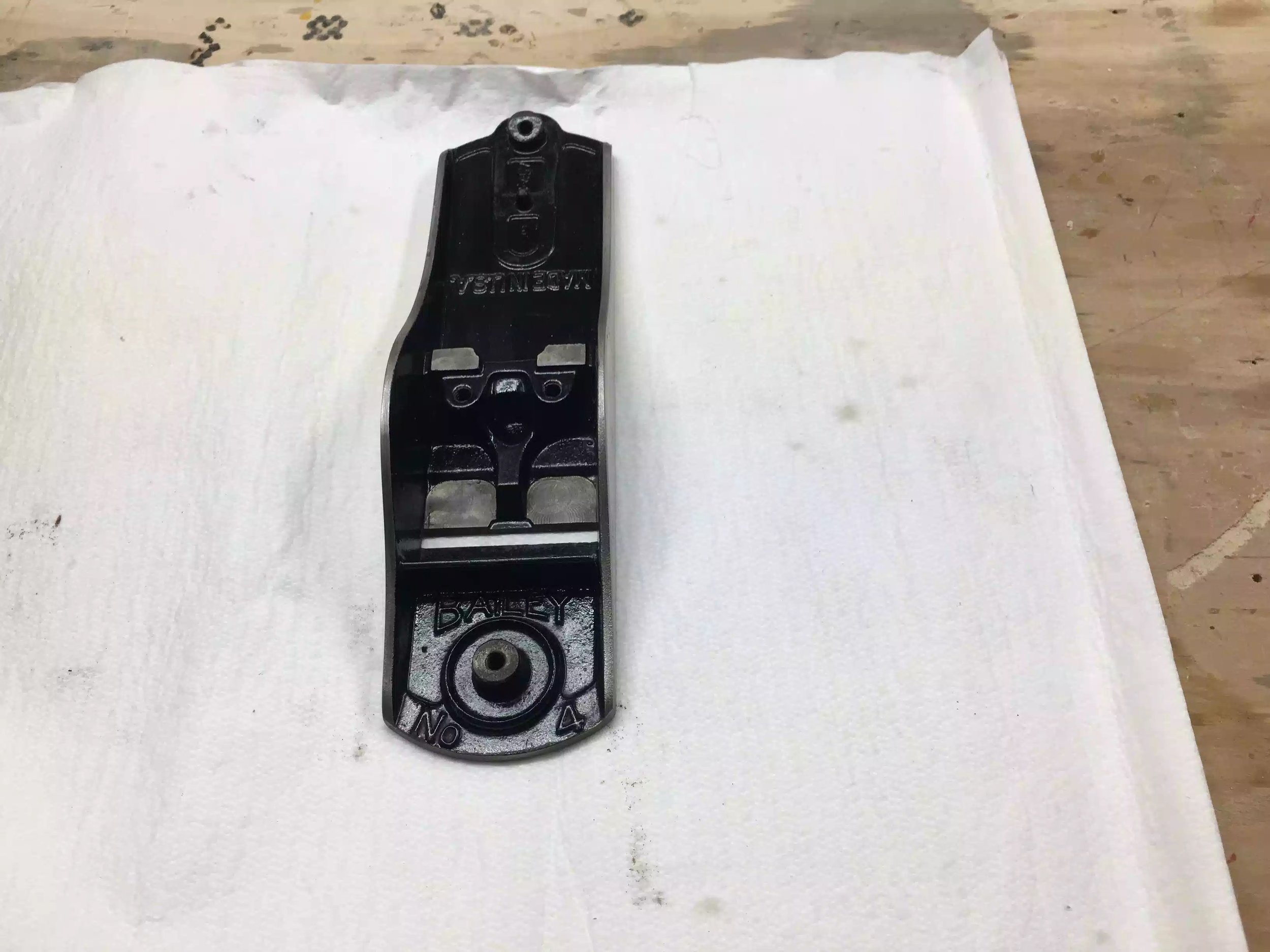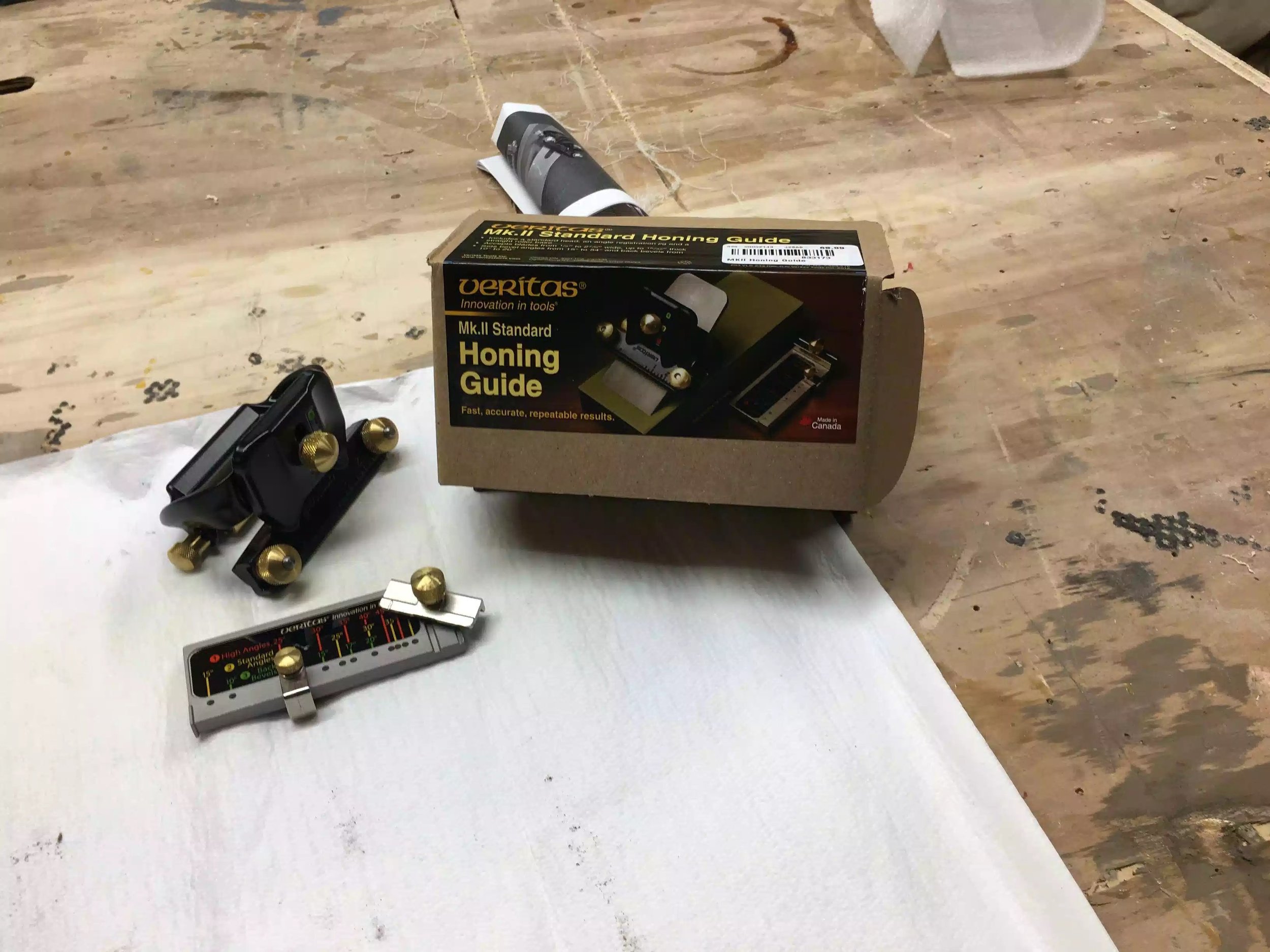Food for thought
So over the last few weeks I have putting all of my efforts into trying to come up with ideas of projects that would enable me to make a side income, after all woodworking is somewhat of an expensive hobby.
As you can probably surmise from my recent blog post that I have been working with trivet’s and my main reason for this is because I intend on (and have actually started) making several designs that I hope to sell on my Etsy page and in my store here on my site. What has actually been taking so much time is figuring out best shipping practices, my primary reason for never doing this line of business was because I always thought that shipping in the United states was a terrifying ordeal because of all the intricacies involved in setting up. When all the time right under my nose fellow Etsy store owners were doing exactly that making small flat rate sized items for sale and distribution within the United States and beyond.
So in the coming weeks and months keep and eye out as to what is happening on that end oft he business, I am also doing more research in setting up a e-commerce provider that can help me with setting up the sales & shipping aspects of what I am trying to do. I currently use Squarespace as my website host and I don’t want to change that as I believe they have the best “value for money” in regards to making your own website and they have awesome templates that enable you to make a website no matter what type or style of content you will be creating.
What I am ultimately looking for is to have multiple small revenue streams that enable me to make small projects and also looking for a little income stream that can then be absolved back into the business, enabling me to buy better quality tools, buy better quality wood and ultimately creating higher quality projects that are worthy of people to purchase, people such as yourself.
So over the next few weeks I will be spending my time creating some products that I will sell on Etsy and then hopefully after a trial run I will also stock my shop here at www.edscustomwoodcrafts.com












